When planning for your marketing efforts, it is important for you to be guided by a document that can present a concrete and concise list of your plans of…
continue reading22+ Twitter Marketing Samples
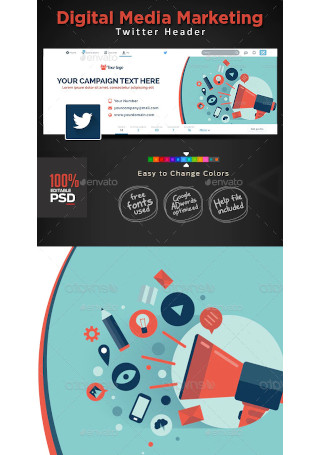
Digital Marketing Twitter
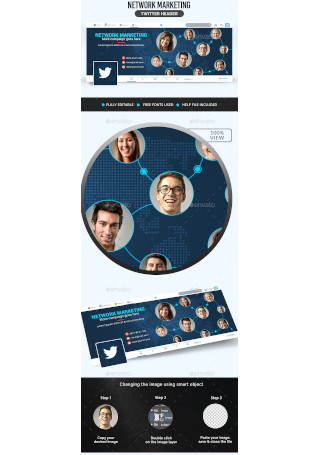
Marketing Twitter Header
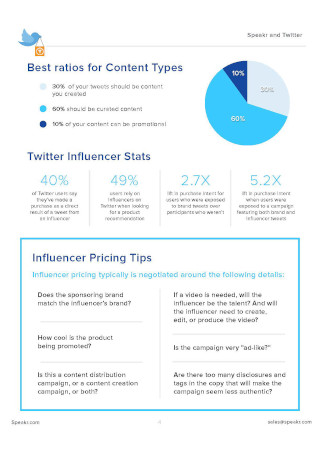
Influencer Marketing Twitter Best Practices
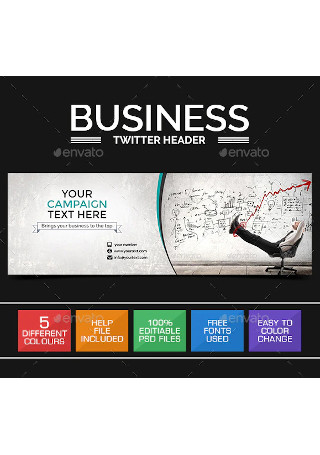
Business and Marketing Twitter Header

Social Media Marketing Twitter Header
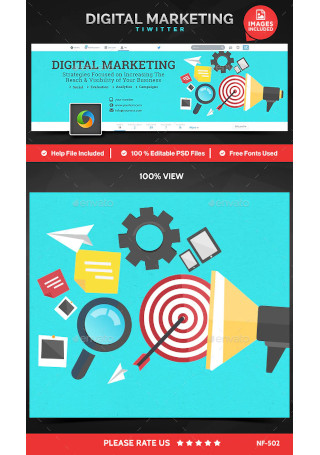
Digital Marketing Twitter

Sample Business and Marketing Twitter Header

Multipurpose Business Marketing Twitter Cover

Digital Marketing Twitter

Twitter Covers

Multipurpose Facebook & Twitter Cover

Facebook & Twitter Coupon

Fashion Twitter Background Picture

Travel Agency Twitter Headers
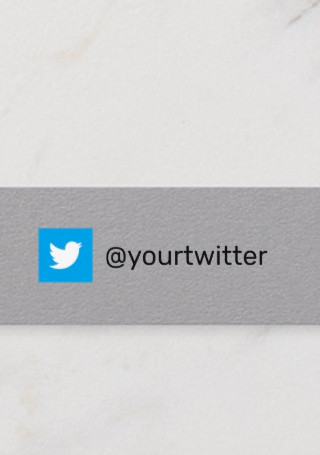
Twitter Social Media Modern Marketing
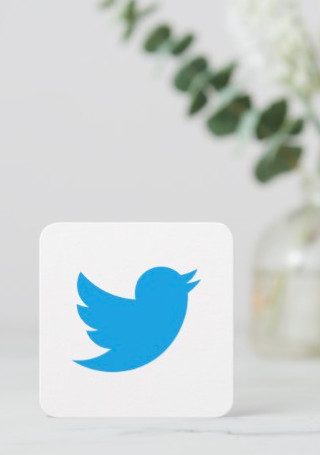
Twitter Logo Promo Calling Card
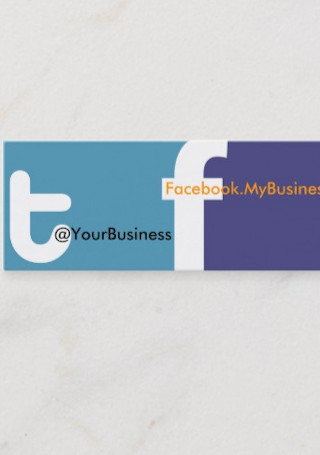
Tweet U Right Business Card

Twitter Business Sticker
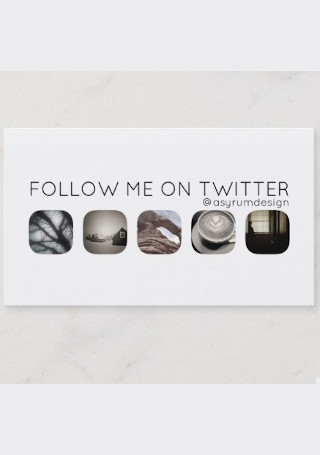
Twitter Followers Calling Card
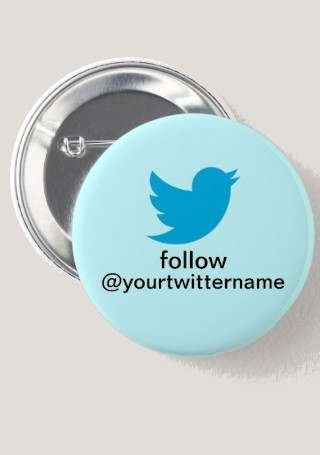
Twitter Promote Button

Twitter Sale Cover
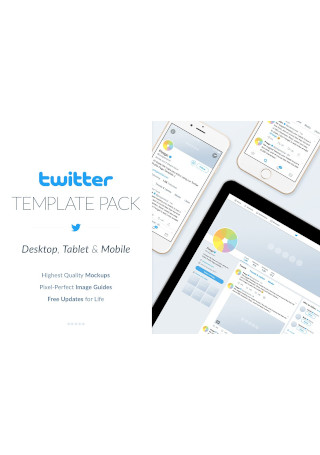
Twitter Social Media Template Pack
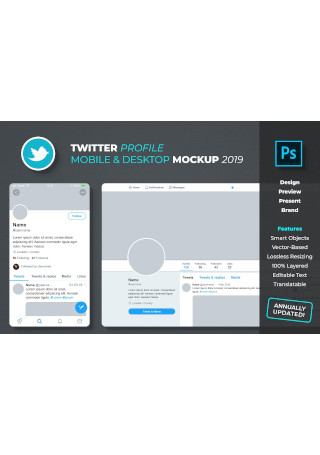
Twitter Profile Mockup
What Is Twitter Marketing?
Twitter marketing centers on the act of creating, publishing, and distributing content for your followers and prospects to find through the social network. What makes Twitter different from other digital platforms is how it allows you to connect with others directly through a variety of advertising activities. These marketing strategies have a lot to do with interacting on the network. Unlike Pinterest or Instagram marketing, Twitter goes beyond the typical promotional broadcasts as it thrives off communication to drive engagement and generate conversions. Its primary focus is to attract an audience with delightful content and to increase brand awareness. By doing so, a business may garner a huge following in its respective market.
“Twitter has an average of 326 million active users every month.” (Source: PR Newswire)
“75% of B2B enterprises use Twitter to market their business.” (Source: Statista)
“Twitter Ads during live events are 11% more effective than TV ads.” (Source: Business Twitter)
Types of Twitter Marketing
One of the best things about Twitter is its endless advertising capabilities. It can get your business message in front of people who are most likely to be interested in what you have to offer in the most strategic ways possible. The simple Twitter Ad formats also make it easier for marketers to run and measure their ad campaigns for continuous improvement. But if you’re new to the game, you may not be familiar with all of the Twitter advertisement options available.
How to Start a Twitter Marketing Campaign
The innovations of digital media have slowly evolved the marketing world in ways no one would have ever imagined. That’s because marketers love engaging with people over the internet. Social networking platforms like Twitter have made it easier for brands to expand their market reach to users from around the globe through various content strategies. But running a successful Twitter campaign for your business is not a walk in the park. Social media campaigns require an extensive amount of work to maximize the potential of the platform being used. With that said, let’s see how you can jumpstart your campaign with five easy steps.
Step 1: Set Goals.
How do you define success? Perhaps it’s to establish customer loyalty, or maybe to generate leads and sales through promotional efforts online. Whatever it is, it’s crucial to have specific and measurable goals that will help you obtain success. Benchmarking your company’s current performance in the market will also allow you to measure your progress toward achieving these goals and proving that your strategy is capable of acquiring favorable results.
Step 2: Identify Your Target Audience.
You can’t please everyone, not even on a network that joins people together. For this reason, you’re better off targeting the right audience to gain an active following in your accounts. Reaching users who are interested in your content will potentially lead to them sharing your tweets and getting you more leads. You can do so by targeting an audience based on demographics, usernames, events, devices, and even geographic locations. After all, it isn’t about the number of followers you have, but the number of people that actively engage in your content.
Step 3: Craft Ads Creatively.
The only way you could grow your followers without buying them is to create content that people would actually want to read. It’s essential to make your audience feel like a part of your brand campaign by crafting tweets that they could relate to. You can also take advantage of current issues by addressing them in your posts. It might seem like a controversial approach to the situation, but it’s one way to get people talking in the replies. This is likely to humanize the experience for customers as they ask questions, forward concerns, and interact with your company online.
Step 4: Optimize Your Campaign.
Once you set up a Twitter campaign, you need to make sure it resonates well with your audience. Twitter’s Activity Dashboard provides vital insights on how your campaign is performing and how people are responding to your tweets. Twitter even has a Conversion Targeting tool that lets you monitor response rates and retarget promotions for future campaigns. It’s an efficient way to evaluate the effectiveness of your Twitter Ads as you move forward with the campaign.
Step 5: Perform Twitter’s Best Practices.
If you want to garner maximum ROIs with your Twitter campaigns, you have to leverage the network’s best practices. Start conversations; participate in Twitter chats; be resourceful with visual ads — every single tweet that is sent is a make-or-break deal. You want people to remember your brand and its ability to immerse itself with its audience. This approach is bound to increase the conversions and engagements with your Twitter campaigns.
The Dos and Don’ts of Twitter Marketing
Twitter is one of the best networks for building your brand and winning the hearts of your audience. It allows you to share and curate content to make your online presence known. But as with all social media marketing, constructing a feed that can make a good impression when engaging with users is far from easy. Each platform comes with its own set of rules, which is something you need to follow if you wish to generate the right responses.
The Dos
1. Do represent yourself.
Your Twitter account is a digital representation of your business. How you present yourself on the social network will influence how users perceive your brand. A few of the things you need to set up an account are your profile picture, header, and handle. By default, new Twitter accounts have a placeholder image in the form of an “egg” that users can easily change. To make your account easy to recognize in a sea of personal, business, and dummy profiles, be sure to personalize your visual displays and account handle to depict your brand.
2. Do link to your website.
Always remember to link your company’s website to your Twitter profile. The network has a specific section that allows you to enter your website URL that will immediately direct users to a landing page. While social media can be important in certain aspects of marketing, your business website is a portal that brings customers to a world that centers on your brand. Not only does it help legitimize your account when you aren’t verified, but it also makes it easy for people to access useful information about your business.
3. Do understand the proper use of hashtags.
Hashtags have become so popular these days that people use them for nearly everything. It’s a great way to connect with people who have opinions about a topic or to educate yourself with the knowledge that others share. Many businesses use hashtags to get people talking about something of interest. And when the hashtag garners a significant number of tweets within a short period, it has a higher chance of making its way to the trending topics for the day. This ranking can be based on its regional or global standing.
4. Do vary your types of posts.
There are a million ways to diversify your posts to keep your followers engaged. This includes videos, GIFs, photos, hashtags, links, mentions, or a combination of those mentioned. Twitter is a platform that allows you to be as versatile and as transparent as possible. The secret is to craft content that is worth a reply, like, or retweet from your audience. Just as you would with any other promotional initiative, it’s important to plan something different each time while staying on-brand.
5. Do stay active.
Once you launch a Twitter account, there’s no turning back. Being on any social network is a commitment that you need to live up to. Consistently posting on Twitter is one of the best ways to stay relevant in the platform. You can even schedule your posts to make sure your tweets get the most interaction. Frequency, consistency, and timing play a vital part in the success of Twitter marketing, so be sure your followers are updated regularly for continuous engagement.
The Don’ts
1. Don’t automate.
If you’re considering automation to hasten the process, you might want to rethink your options. Twitter has and always will be a platform for self-expression. Twitter’s two-way conversations and personified content are what make the network raw and authentic to its users. You want to break down the barriers that make it difficult for people to connect with you. Customers want to talk with actual people, not robots that are programmed to communicate a certain way. Hence, it’s best to avoid sending automated tweets and impersonal direct messages (DMs).
2. Don’t tweet without thinking.
Remember to think twice before posting. It might seem tempting to hop on the bandwagon of whatever is trending at the moment, but this can put your brand’s image at risk. Doing your research on popular trends will spare you from the backlash of tweeting about a topic you know nothing about. The last thing you want to do is to sound ignorant or insensitive about issues affecting today’s society. The internet is home to a vicious audience that could easily “cancel” your brand before you could even make a breakthrough, so be careful about what you tweet.
3. Don’t make it all about yourself.
Nobody wants to follow an account that cares more about selling itself than producing valuable content. You can switch things up a bit by sharing thought-provoking articles that offer value to readers. Retweeting posts that your followers can relate to will also bring variety to your feed. Go the distance by asking questions that will drive people to respond. You can even start online polls, similar to those used for Facebook marketing and Instagram Stories, to gain insights from your audience.
4. Don’t go over the tweet limit.
Twitter has a limit of 280 characters per tweet, which is a remarkable upgrade from the previous 140-character count. However, you’d be surprised by how challenging it can be to tweet within the restricted mark. Some users even settle with a Twitter thread just to put their thoughts together. Although there are no rules against it, not everyone would be too keen about reading through the replies of an original tweet just to get the context of what you’re saying. With some practice, you should be able to communicate within the character limit.
5. Don’t forget to reply.
It’s tempting to favorite a tweet to acknowledge the inquirer and to remind yourself to reply to it once you find an answer to their concern. But this can sometimes leave a wrong impression on people who desperately want a response to their inquiry. Even if you can’t provide a solid answer at the moment, you still need to take a minute to reply and assure your audience that you’re working on the case. The character limit will even prompt you to construct quick and concise answers that are enough to satisfy your followers.
Keep in mind that your Twitter account is an extension of your brand. What you put out there will shape the image that people associate your business with. Ad marketing on Twitter has the power to direct traffic to your website, boost brand awareness, and establish personal relationships with your target audience. So, consider using marketing templates for social media as well as the tactics provided and get started with your Twitter marketing campaign to help grow your business today!


